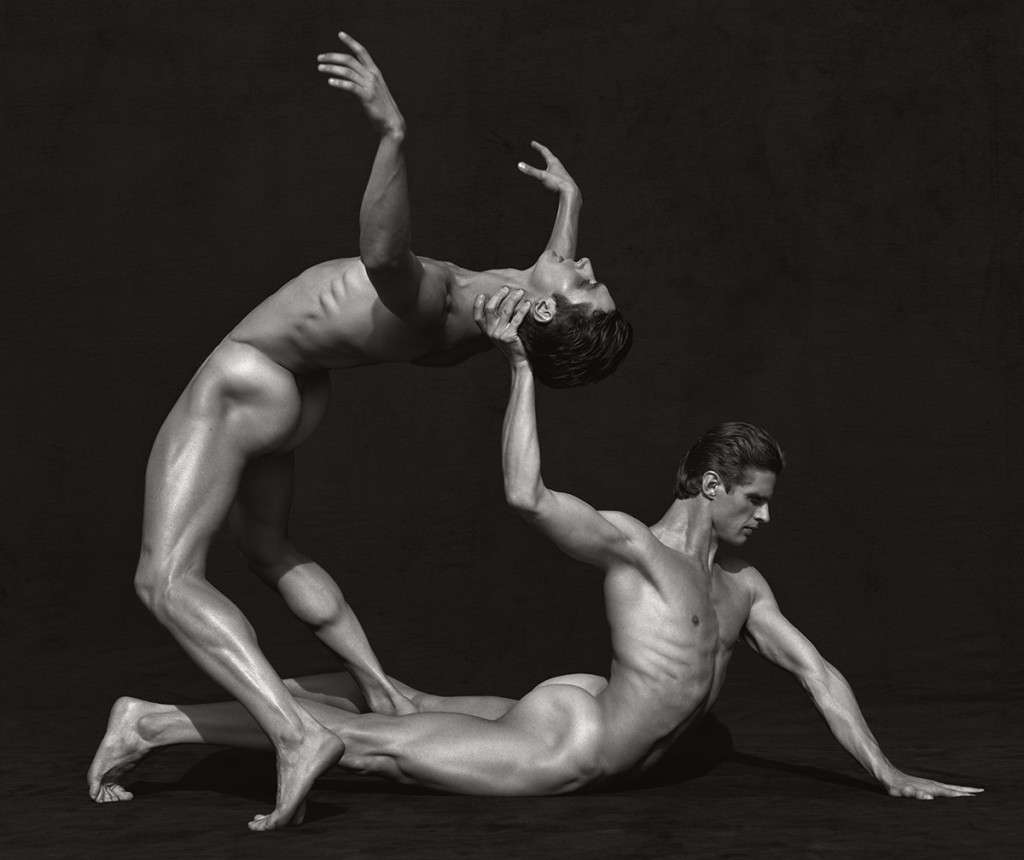Juan Romero
ART 4900
Professor Klein
Paula Scher has been at the forefront of graphic design for four decades. She has worked on everything from album and magazine covers to corporate and brand identities. She has also taught classes and written books on graphic design and has won countless awards, including a 2001 AIGA Medal. It is an illustrious career that continues to this day. During her time as a graphic designer, Paula has approached her work with the populist viewpoint meaning her designs would mix in popular culture as a way to draw in people. She does not have a specific style though. Her work has ranged from extremely clean-cut to very in your face designs, all depending on what it’s for.

Some of her most famous designs were the designs she made for The Public Theater’s production of Bring in ‘da Noise, Bring in ‘da Funk. This particular design incorporates the musical’s main actor surrounded by blocks of words. All the words are going in various directions to mimic motion, which is meant to represent the dancing from the production. The title of the production, along with the names of other productions at The Public Theater, are presented in a large, bold san serif font. The name of the authors of the productions, and other information, is presented in a very small, red san serif font. All of this is presented against a yellow background, thus making everything on the poster stand out.

This second Paula Scher design is one of her most recognizable. Designed back in 1976, this design has stood the test of time. The design incorporates bright colors over a black backdrop. She used guitars and made them look like spaceships (something I had never noticed until just now) and created contrast between the different elements of the design by using bright reds and blues. She also displays Boston, both the band’s and the album’s name, in a bright yellow stylized font on the center of the top of the cover. At the time, album covers mostly featured a picture of the band so this was a good change of pace and add some mystic to who could be behind the album. Though Scher believes the design to be “mediocre”, it is one of the most iconic album covers ever created.
Ultimately, Paula Scher has done and continues to do a great job of embodying and representing her subjects in her work. She continues to create identities the stand the test of time.



